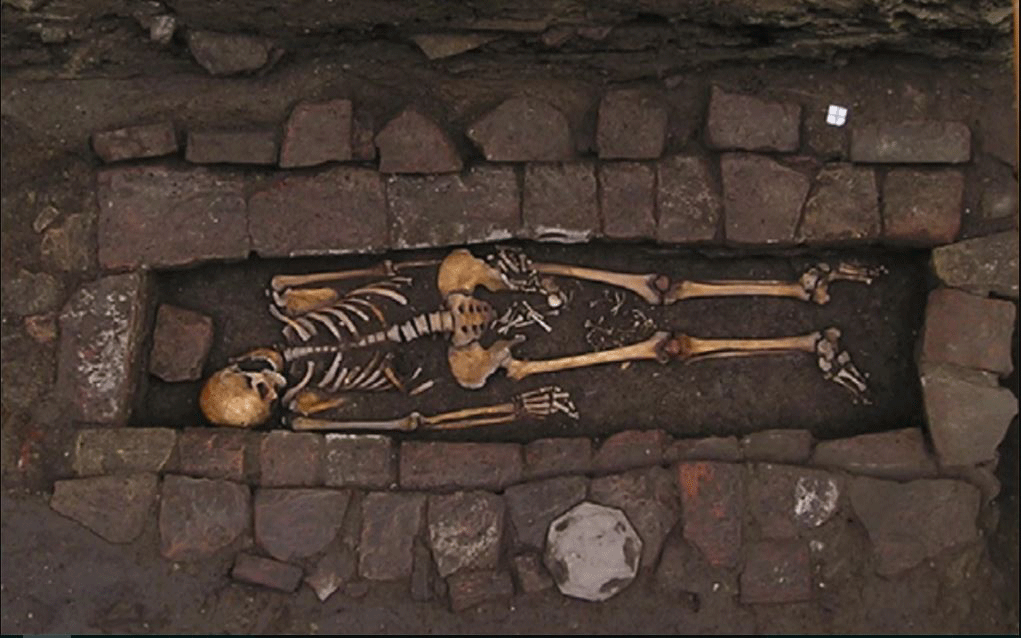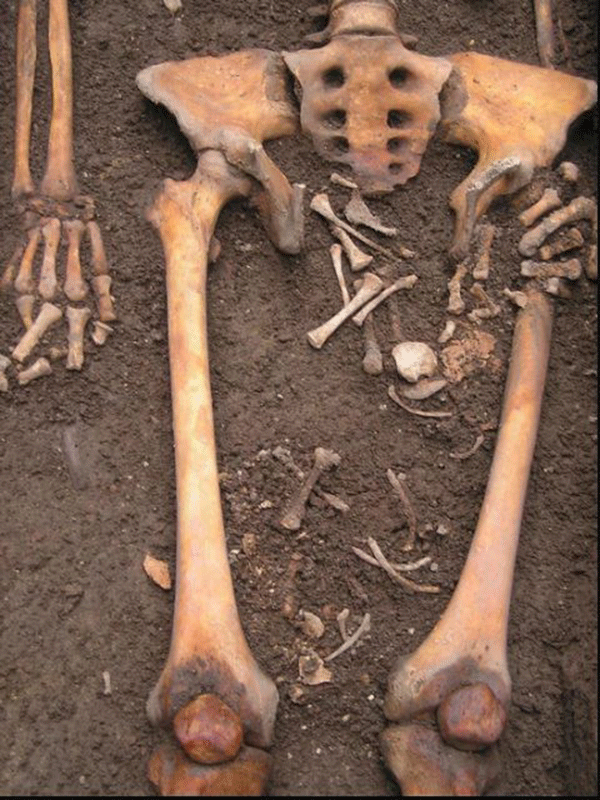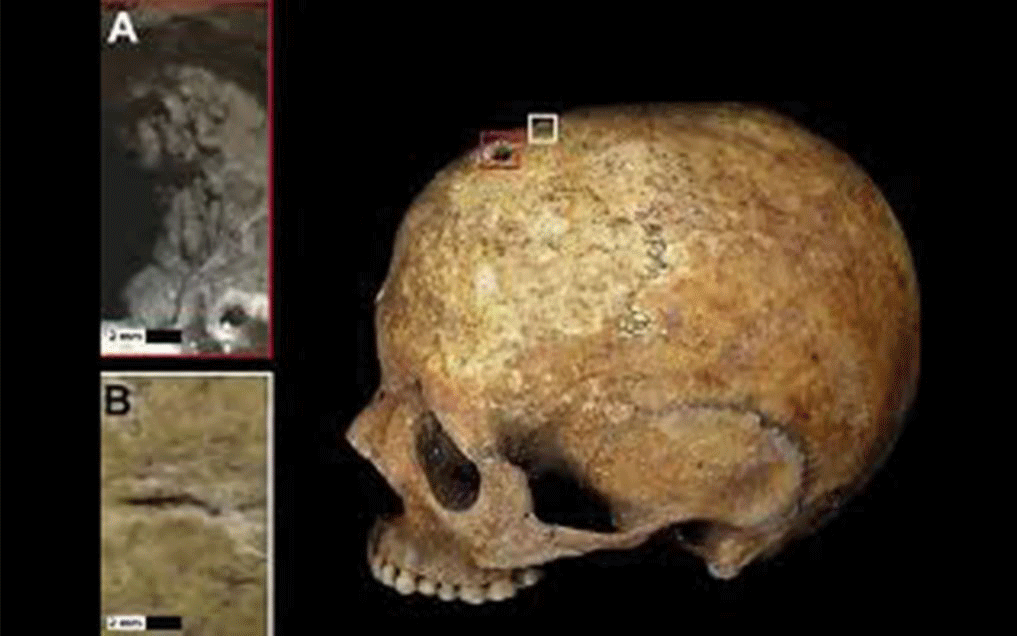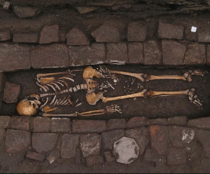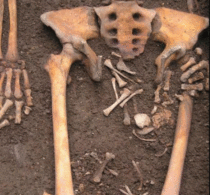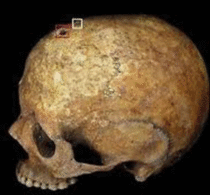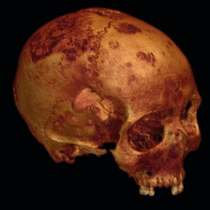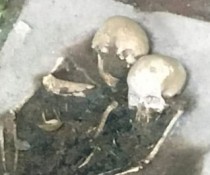About ten years ago archaeologists discovered a medieval grave of a woman found with a hole on her skull and a foetus between her legs in Imola, Italy. Now researchers attempt to solve the mystery with a new study published in the May issue of the journal World Neurosurgery.
It seems that the woman had died while she was buried and the foetus was forced out of the tomb by posthumous gases, called postmortem fetal-extrusion. But what puzzled researchers mostly was a hole on the mother’s skull, a circular wound made with a tool.
Archaeologists from the University of Ferrara and University of Bologna have conducted a new study trying to solve the mystery and they believe that it is a rare example from a Middle Ages brain-surgery. The procedure was called trepanation and was performed on patients to relieve pressure. It involved drilling a whole on the patient’s skull
Researchers believe that the woman showed signs of preeclampsia or eclampsia, which would involve high blood pressure and doctors at the time performed a frontal trepanation to relieve intracranial pressure.
But the woman did not survive, neither did the foetus in her womb. She was buried face up, surrounded with cut stones, and archaeologists found her skeleton untampered with along with the bones of the foetus between her legs.
The hole on her skull measures 4.6 millimetres in diameter and is precise and round. Signs of healing near the wound indicate that she survived at least a week after the surgery.
There are over 15 hundred skulls from the Neolithic period with trepanation wouds, but there are only a few cases of trepanation documented in the European early Middle Ages, this being the only one of a pregnant woman.
Further research is needed now to answer why the surgery was performed and why there are no similar examples of trepanation on pregnant women from that time.
